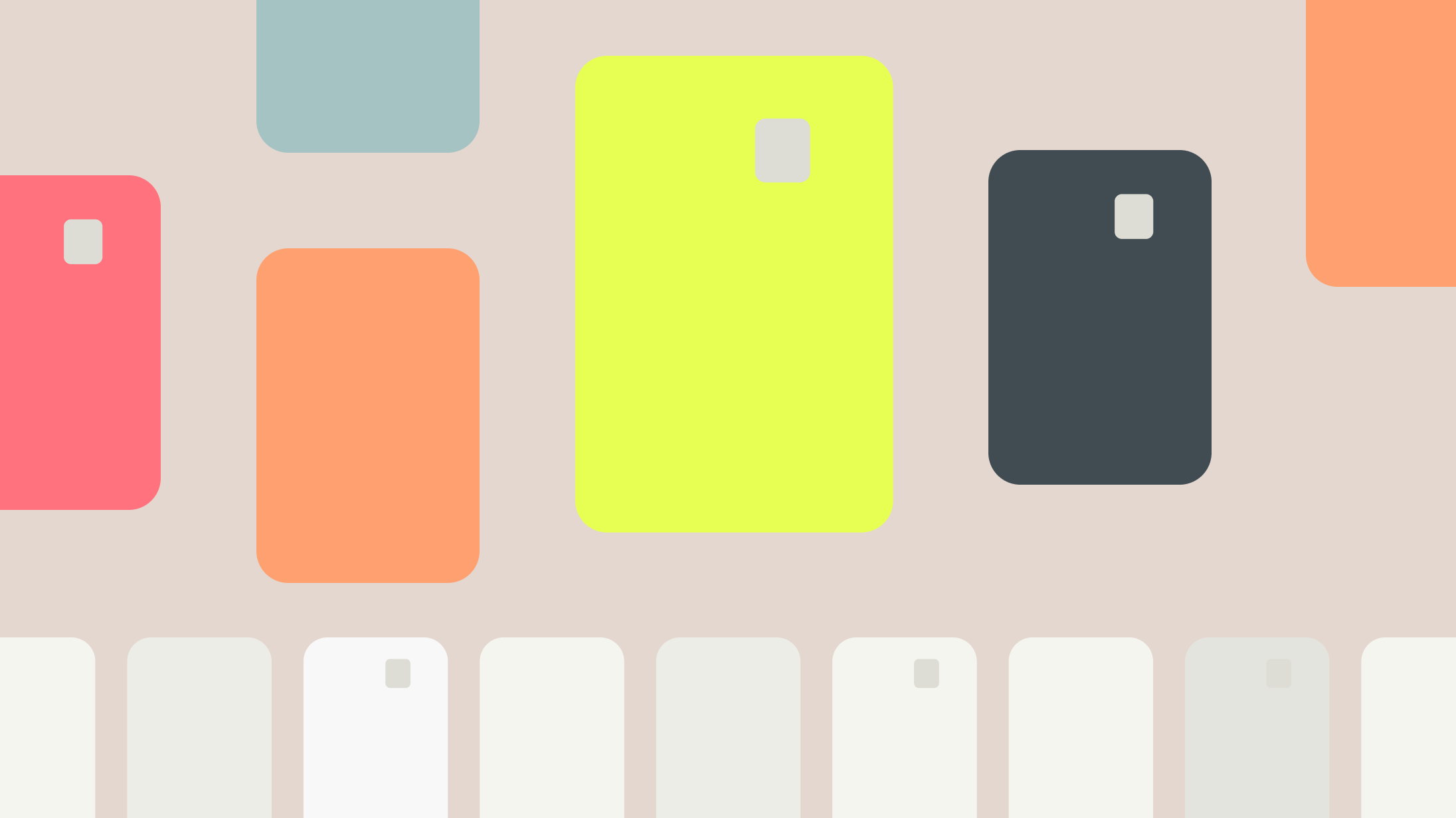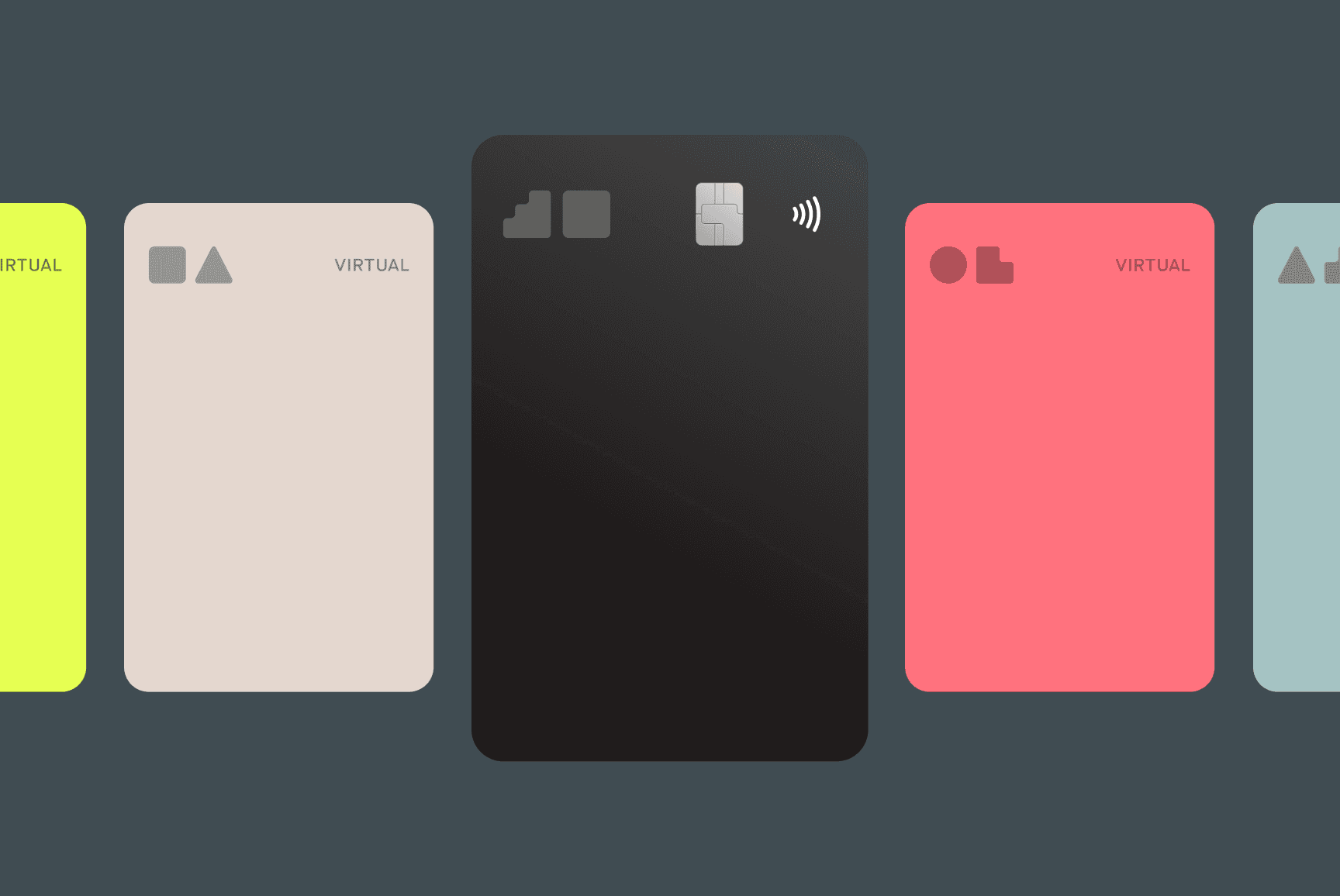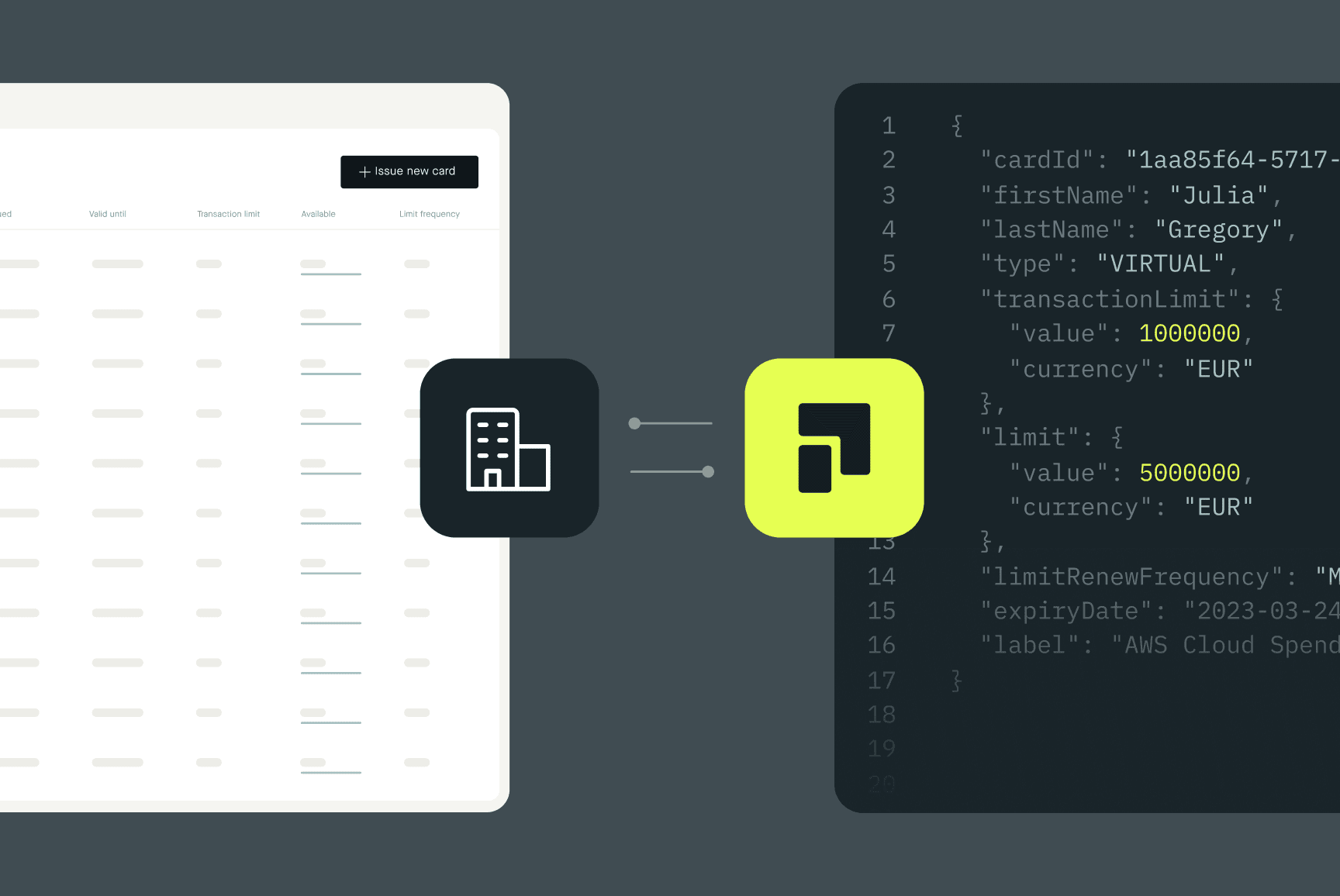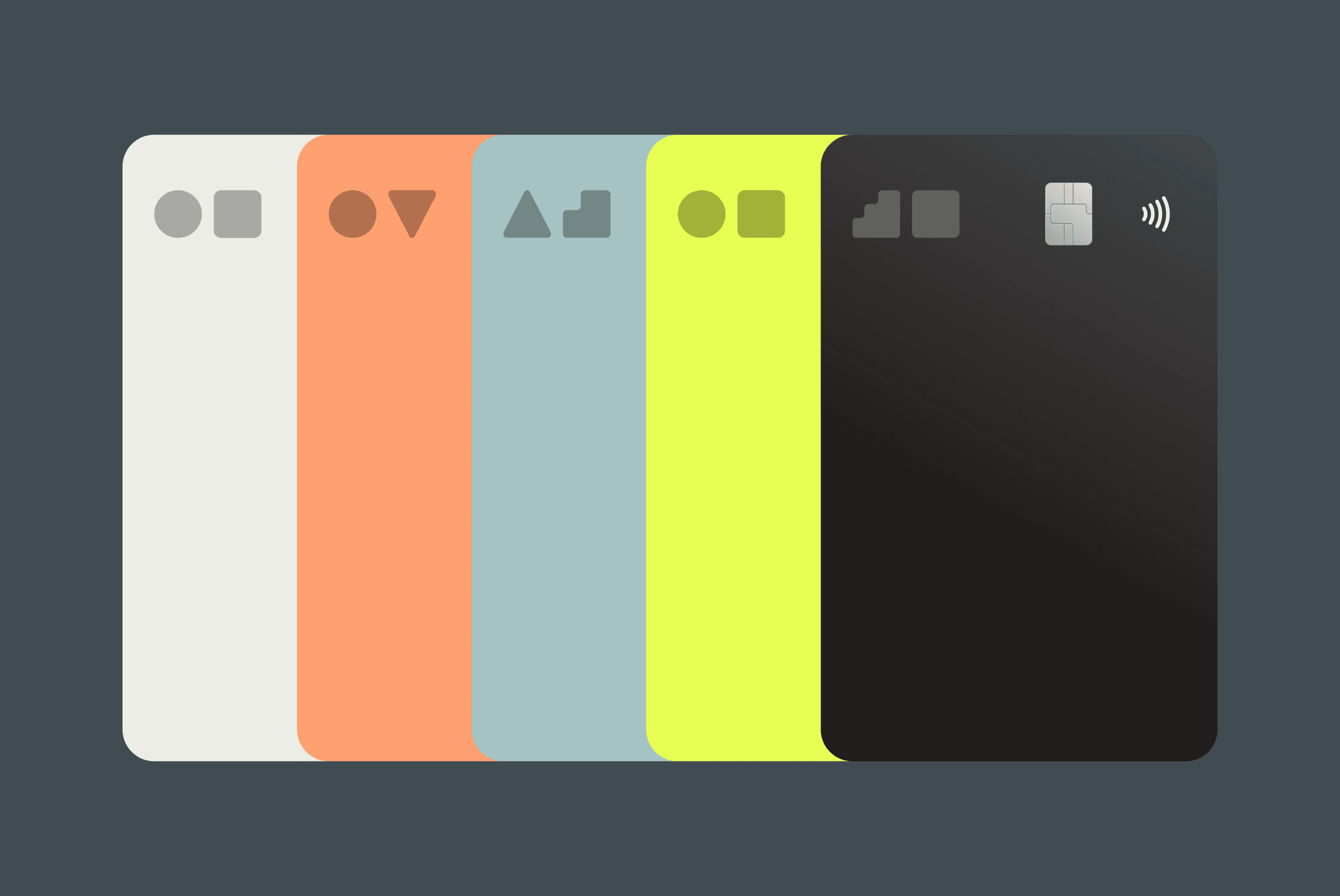Are contactless and mobile payments secure?
Contactless and mobile payments have been around for a while now, but it's no secret that they have gained great popularity in recent years. One of the causes that accelerated the use of digitized payments was undoubtedly the Covid-19 outbreak. And it seems that this form of payment is here to stay.

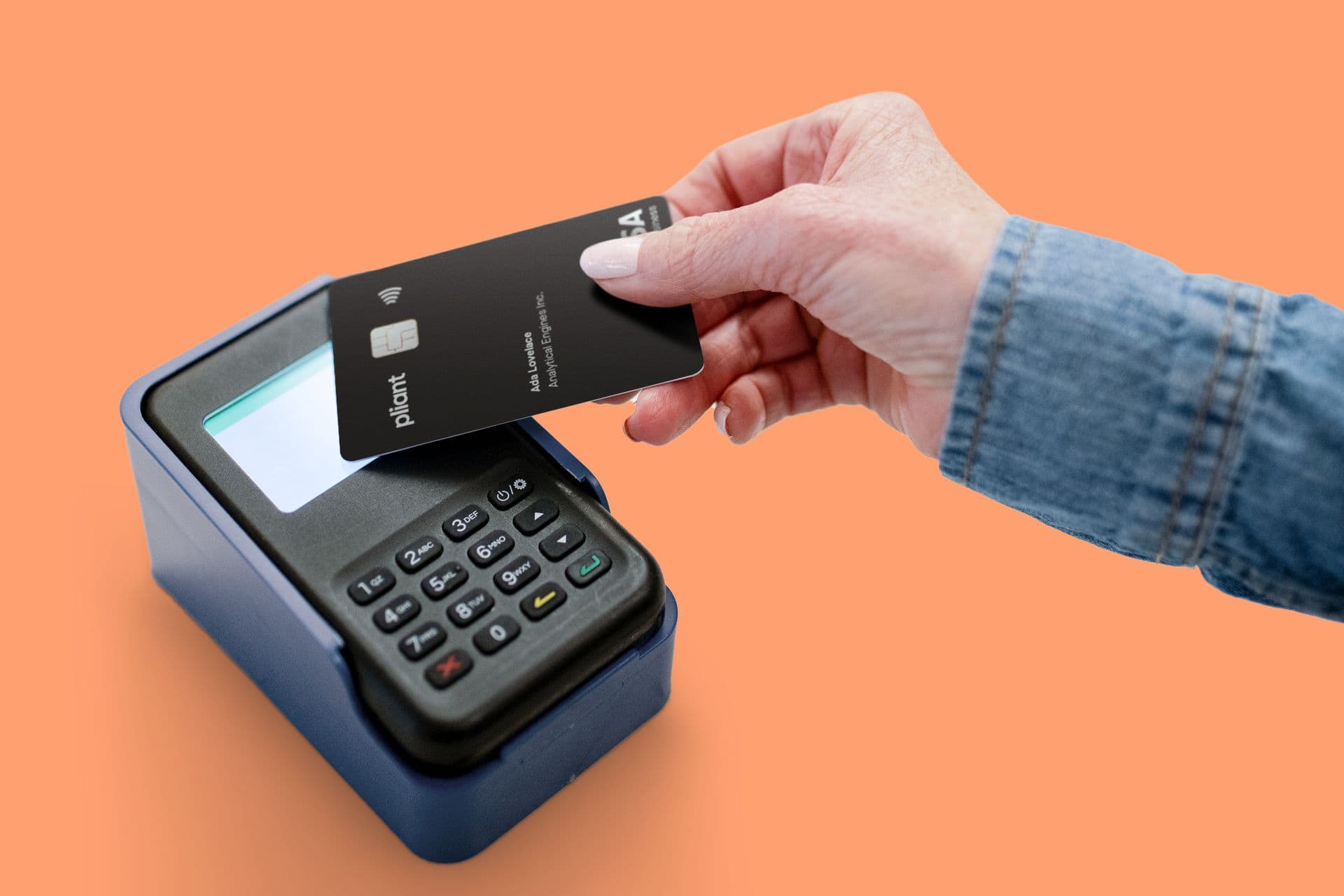
However, there are still many people who are hesitant to use contactless payments for fear that their information could be compromised.
Therefore, we took on the task of compiling the most frequently asked questions about this innovative financial technology, and we answer them in detail for you.
1. How long have contactless payments been around?
Although data varies between sources, there are records that show that Contactless technology has been around since 2002 with the creation of the NFC standard.
"What is the NFC standard?" you may ask.
Broadly speaking, NFC (Near Field Communications) is a technology that enables wireless communication and data exchange between two devices in close proximity to each other.
However, the ‘contactless’ technology used in mobile devices and credit cards as we know it today, was implemented and introduced nearly 15 years ago.
That's right.
This “futuristic” technology has been around ever since Visa, Mastercard, and American Express started offering contactless payments on their credit cards back in 2008.
In 2011 Google Wallet and Android Pay were launched, enabling payments with smartphones.
But this form of payment became even more popular when Apple Inc. launched Apple Pay.
The fact that Apple ventured into this craze of contactless payments and got the backing of top card brands such as Visa and Mastercard encouraged more people to take a leap of faith and cave in to the convenience of contactless payments.
2. What is a contactless payment and how does it work?
Contactless technology incorporates the wireless capabilities of NFC into cell phones, credit cards and POS machines to facilitate the exchange of information between devices for payment authorization to occur.
Here’s how it works:
Your card contains a chip that, when brought close to a reader integrated in a POS machine, generates a cryptographic code that facilitates transactions.
This code, powered by radio frequency technology (RFID) allows your personal data to be analyzed in order to validate the transaction.
That is why there are still transaction limits on contactless payments in some countries. If the network identifies that there have been several contactless payments, or are being made from locations other than where you registered your address, your bank will contact you to make sure it is not fraud).
3. Do I need a PIN for contactless payments?
No, you don’t.
However, there's an EU regulation that states the following:
If your bank identifies that you have made over 5 PINless payments in one day, you may be asked to verify the next payment by entering your PIN.
Also, cardholders cannot go over the daily €150 cap.
4. What are other terms for contactless payments?
Although the jargon may vary depending on the company, here is a list of the most common terms:
Tap and go
Touchless payments
Wave and pay
Proximity payments
Touch-free
5. In which European countries can you pay contactless?
Basically, you can make contactless payments wherever you see this symbol:

We came across a few statistics, dating from 2018 to now, that will help us show how contactless payments have been on the rise for the last couple of years:
Interesting facts about contactless payments in Europe
A 2018 study by Statista analyzed the use of contactless payments, by Mastercard, in 17 countries in the European Union. This made up 48% of all transactions made at POS (Points of Sale). (source)
Here, we list the countries that were analyzed:
Czech Republic (93%)
Georgia (89%)
Poland (83%)
The Netherlands (82%)
Romania (70%)
Spain (57%)
Netherlands (51%)
Italy (50%)
Austria (50%)
Bulgaria (49%)
United Kingdom (46%)
Switzerland (31%)
France (25%)
Luxembourg (23%)
Germany (14%)
Belgium (4%)
Portugal (3%)
In a recent publication, the World Bank reported that Norway was on track to be named the most cashless country in Europe as 98% of its population had transitioned to credit and debit payments.
But surprisingly enough, Sweden is predicted to topple Norway by 2024 as not only does 98% of its population own a credit and debit card but also the majority use contactless mobile payments. (source)
6. Does Germany accept contactless payments?
As you can see in the list above, Germany had taken a more reserved stance on contactless payments before the pandemic.
In 2018, contactless payments were still scarce in Germany compared to other European countries.
Why?
Simply put, there is a shared belief among German citizens that cash payments ensure more control over their finances by not being subject to identity theft or exposing confidential information to POS machines.
What changed Germany's perspective on contactless payments?
The recommendations of the WHO (World Health Organization) definitely prompted a nation-wide shift in perspective.
Cashiers in businesses were encouraged to advised customers to make contactless payments to avoid the spread of the virus.
And although this aroused some discontent from the more traditionalist sector of the population, 71% of people under 40 embraced this recommendation, and contactless payments have gradually become the norm. (Source: Inepro)
7. Pros and cons of contactless payments
There is no better way to address this topic than by starting with a quote by Germany Kent:
“New technologies are impacting consumer consumption and driving technological innovations in digital media, so if you want to remain relevant you must become comfortable with the ever-changing creative process.”
Now, let's review the main pros and cons of this revolutionary technology:
Pros
For consumers:
No need to remember PIN numbers or make typing errors
Fast payments at checkouts
Not having to sign receipts
No risk of CVV1 theft when swiping the card at POS machines (thanks to NFC technology)
For businesses:
Increased protection against fraud
Improved customer satisfaction by being able to pay in a fast way
Increased teller efficiency by having fewer steps to go through for each transaction
No extra transaction fees
Cons
For consumers:
Resistance to change and skepticism to new technologies
*Limit on contactless payment transactions
The fact that some POS machines do not have an option for this type of payment or that the software is not up to date
*In 2021, the German government increased the transaction limit from €25 to €50, but since then, the limit has continuously been adjusted to meet consumer demand. (source)
For businesses:
Resistance to change and skepticism to new technologies
8. What are mobile payments?
Mobile payment technology works similarly to contactless payments. The only difference is that, instead of making payments by tapping a card on the POS machine reader, the cell phone is used.
This is possible thanks to mobile wallets.
The “magic” behind mobile wallets, a.k.a. e-wallets
If your conventional wallet can't fit one more card, this will definitely be music to your ears…
The primary function of digital wallets - which work through a pre-installed app on cell phones - is to organize information pertaining to each user's multiple credit or debit cards.
9. Are mobile payments through E-wallets secure?
In these E-wallets, banking data is stored and encrypted and can be used to make purchases on the Internet or to pay at POS machines by waving or tapping your phone.
E-wallets secured information is protected by tokenization, several layers of protection, and API (Application Programming Interface) keys.
Therefore, you can rest assured that your card information is safe in your digital wallet.
10. How do I make my contactless card secure?
After reviewing in detail the advantages and disadvantages of contactless technology for both mobile and card payments, we can conclude that it not only provides us with great protection and peace of mind but also promotes efficiency and productivity for both consumers and businesses.
Still, here are a few tips to make your contactless payment experience more pleasant and hassle-free:
Every time you make a contactless payment, use your bank's app to make sure the transaction has been successfully completed.
Only make payments of this nature when you are certain that the business has a good reputation and that the POS machines will not be tampered with.
Be sure to enable push notifications from your bank’s app so that you are aware of any suspicious activity related to your card.
Be very careful to whom you entrust both your card and cell phone.
Did you know that with your Pliant cards you can make contactless payments? And better yet! They're accepted everywhere thanks to Visa and Apple Pay.
Book a demo to learn more.

